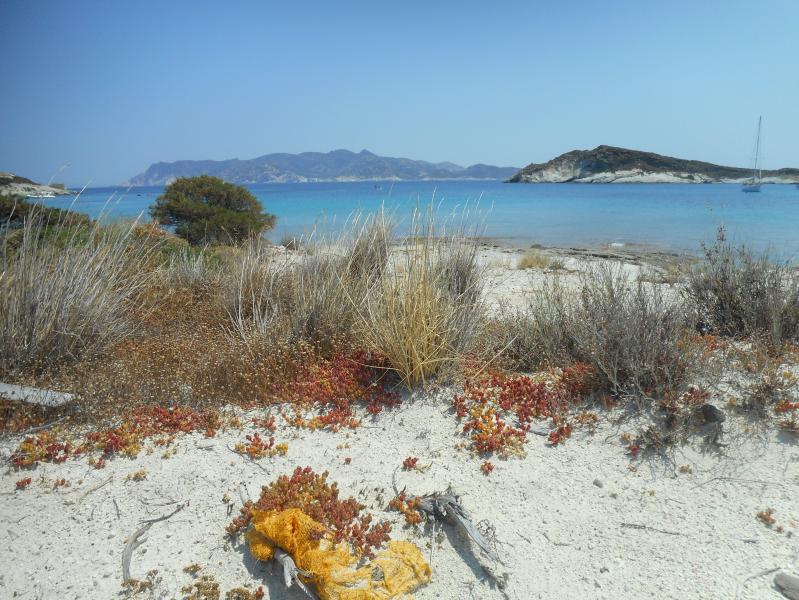- Read offline
- Access all content
- Use the in-app Map to find sites, and add custom locations (your hotel...)
- Build a list of your own favourites
- Search the contents with full-text search functionality
- ... and more!
Kímolos
The little chalky one

Milos and Kímolos were volcanic Siamese twins, connected by an isthmus that had a Mycenaean town on it. But the isthmus sank, leaving a channel a kilometre wide and a rugged pint side island with 400 souls. Some commute daily to Mílos to work in the mines around Pollónia.
It has plenty of beaches, a perfect place to relax and do absolutely nothing, with no cars and few tourists, although in the past decade with the growing popularity of its big neighbour, more people have drifted over.
Once known as Echinousa, or ‘sea urchin’, as it proudly depicted on its ancient coins (it was wealthy enough to mint its own in the 3rd century BC), the little island was known as Argentiera, the ‘Land of Silver’ by the Venetians, before lending its modern name to kimolía (cimolit or Cimolian earth, a soft, chalk-like fuller’s earth, used since Minoan times for whitening wool, and still an essential ingredient in dyeing). Kímolos remains a top producer of cimolite, and you can see the workings as the boat pulls in.
Images by Amalia1984, Despina Galani on Unsplash, Elena Alexiou, ferry go, KostasMarinakis, Kritzolina , Sp!ros

